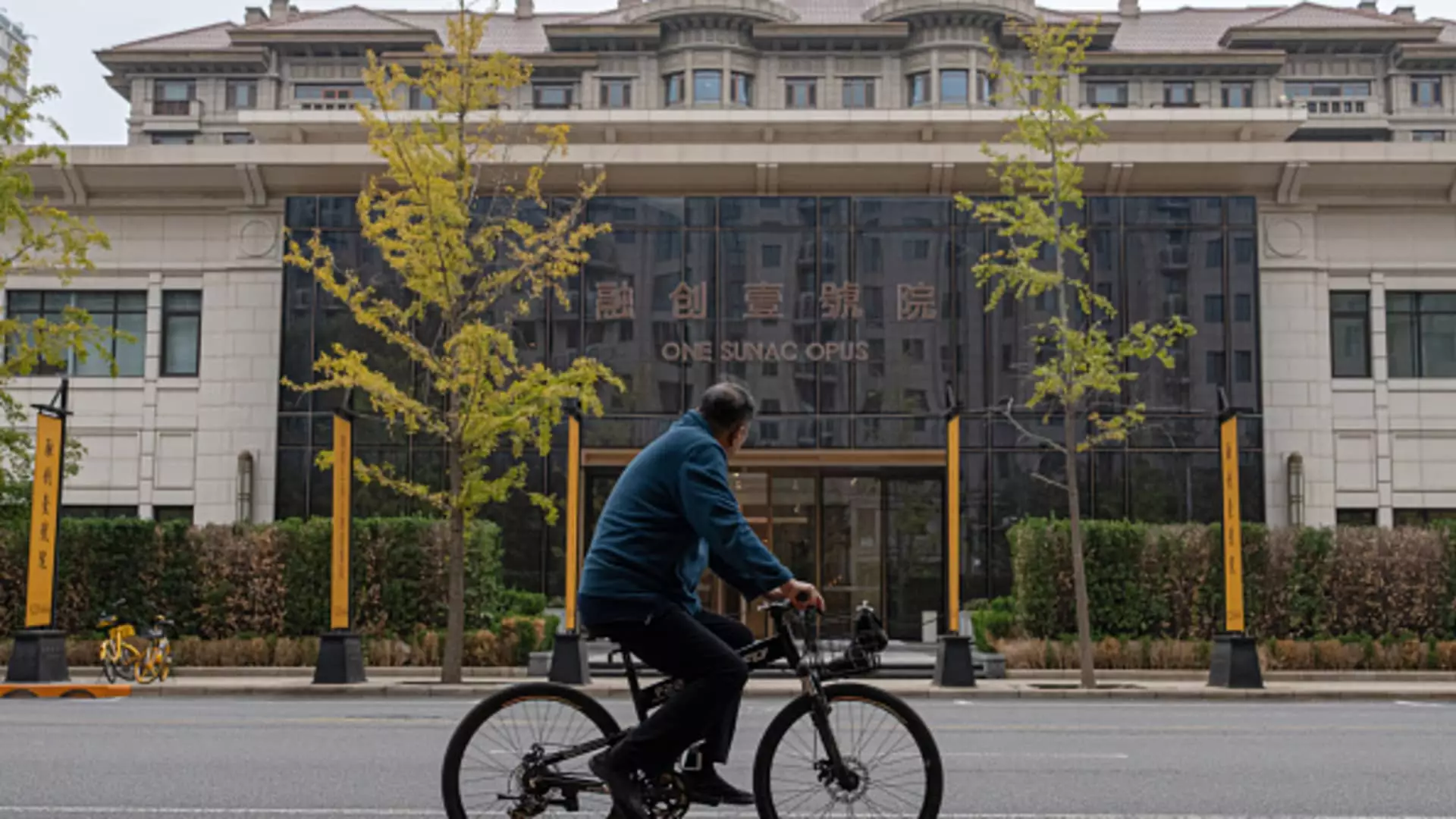In recent weeks, the Chinese government has taken significant steps to reignite economic growth through a series of stimulus measures aimed at countering sluggish market performance and boosting consumer confidence. Following discussions among key ministers, investors are left not only to discern the implications of these policies but to identify the stocks that stand to gain. The pulse of China’s economy, as demonstrated by fresh data, reveals both promising signals and areas of distress, particularly in the real estate sector, which continues to remain a cause for concern.
As of now, China’s economic landscape is presenting a mixed bag. Recent reports showed retail sales and industrial output for September were robust, exceeding market expectations. Third-quarter GDP growth registered at 4.6%, which, while slightly below the government’s annual target growth rate of 5%, still signified resilience. Industry experts like David Chao from Invesco noted that the year-to-date GDP growth stands at 4.8%. The implication is clear; while current growth metrics may not meet government aspirations, the anticipated effects of the newly announced stimulus packages could very well propel growth into a more favorable position by the end of the year.
Central to the latest stimulus initiatives are measures designed to bolster consumer spending and rejuvenate the stagnant real estate market. Key policies include the introduction of trade-in programs and other consumer subsidies. Moreover, the People’s Bank of China has embarked on a novel program to lend funds for stock purchases, a move that aimed at stabilizing market sentiment. Morgan Stanley’s recent analysis highlighted specific stocks positioned to thrive amidst these initiatives, particularly those yielding high dividends and displaying solid cash flows. Their meticulous screening unveiled four stocks of interest: PetroChina, WeiChai Power, Aluminum Corp., and Anhui Conch Cement, all of which could significantly benefit from these economic measures.
Despite the optimistic narrative surrounding broader economic factors, the real estate sector in China continues to grapple with substantial challenges. Financial support promised for incomplete projects by the housing minister provides a glimmer of hope, notwithstanding the reality that recovery in this domain is neither imminent nor straightforward. Industry projections suggest that property sales may decline sharply, failing to mirror previous buoyant figures. S&P Global Ratings has echoed this sentiment, anticipating a steep decrease in property sales, with stabilizing behavior only expected in late 2025.
Nonetheless, some companies within the construction technology sphere are set to benefit from this stabilization. For instance, Glodon, a software firm listed on the Shenzhen exchange, is predicted to see advantageous outcomes due to its alignment with market recovery. Additionally, firms like Sangfor, which cater predominantly to small businesses and local governments, could emerge as key beneficiaries of the planned governmental financial support.
The efforts to boost domestic consumption are coming to fruition, as recent figures reveal a promising uptick in retail sales, registering an impressive increase of 3.2% in September. High-performing sectors, particularly home appliance sales, have demonstrated remarkable growth, with more than a 30% increase noted. This invigorated consumer activity can largely be attributed to the trade-in incentives introduced by the government.
Furthermore, notable players in the e-commerce landscape, such as Alibaba, are capitalizing on these trends, exemplified by record-breaking pre-sales during their annual Singles Day shopping festival, which was propelled by government subsidies. This signifies the growing impact of policy on consumer behavior and the commercial landscape, driving quarterly growth in unexpected ways.
As China navigates the complexities of economic recovery, the interplay between stimulus measures and market fundamentals will determine the trajectory of growth. Present conditions suggest that while government initiatives are significant, they usher in a new phase where investors must focus on selecting stocks equipped to thrive in this renewed environment. The paradigm has shifted from broad policy impacts to a more granular approach to investing, where diligent stock picking will likely be a necessity for capturing potential growth opportunities in the months to come.

